|
There's a scene in my novel Hostile Emergence in which the characters are trying to make sense of something strange that they saw—beings that appeared to be translucent. They wonder if the beings' see-through nature was due to translucent body tissues, like glass frogs and some fish (it wasn't). Anyway, a see-through frog? Is that really possible? And why? What the heck is a Glass Frog? Glass frogs include about 150 species belonging to the family Centrolenidae. They live in the rainforests of Central and South America. Most of these frogs are lime green when viewed from above, but their bellies and legs can be astoundingly transparent in such a way that the internal organs and bones are clearly visible. There are some aquatic animals that are transparent, but glass frogs are the only land animals with transparent skin (although some insects have transparent wings, but that doesn't really count). Amazing Facts about Glass Frogs Okay, first we need to figure out why these frogs have transparent bellies. Is it just a coincidence that their skin is transparent, or does this characteristic somehow benefit the frog? Scientists have long debated this question, but it wasn't until 2020 that a study finally provided a good explanation. It's a unique form of camouflage called edge diffusion. First, a bit of background information. There are generally two types of animal camouflage. First, there is background matching, in which the animal looks similar to its background, thus blending in. Second, there is disruptive coloration, in which the animal has a certain high-contrast pattern that hides the animal's shape. A common example of disruptive coloration is a dark stripe that runs across an animals eye, making the eye difficult to see (eyes are often what give away an animal's presence). Normally you might think being transparent would be a good way to achieve background matching, right? However, glass frogs' backs are not transparent, and they usually hold their transparent belly against a leaf, like this: So, what's the point of being transparent only on the ventral side? How does this help the frog hide? Well, as it turns out, a glass frog's legs are usually more translucent than its head and back. When the frog is hiding on a leaf (as in the photo above), it tucks its four legs against its sides. Since these legs are usually translucent, this makes the edges of the frog blend in with the leaf. When the edges of an animal blend in, this makes it harder for a predator to pick out the animal's outline. This is called edge diffusion, and it tends to work well on a variety of different backgrounds because the frog does not have to change colors to match the color of the leaf. Scientists in the study created 360 fake frogs out of gelatin, and they placed them on leaves in the rainforest for three days. Half the gelatin frogs had translucent legs tucked against their sides, the other half had opaque legs. Birds attacked the opaque-legged frogs twice as frequently as the translucent-legged frogs. The transparent belly of glass frogs may simply be a side effect of having transparent legs. The photo below does a nice job of showing how translucent the glass frog's legs can be. These translucent legs allow the frog to use edge diffusion as a form of camouflage. No other land animals can use transparency to achieve edge diffusion as a form of camouflage, which makes glass frogs very unique! Many glass frogs have spectacular eyes, which might also help to break up their outline. An amazing example is the pretty-eyed frog: We also need to talk about glass frog reproduction. Glass frogs live almost their entire lives among the leaves of rainforest trees. During the breeding season they move to trees that hang over rivers and streams. When a female is ready to lay eggs, a male will latch onto her (a behavior called amplexus), and he will not let go until she lays her eggs. The male then fertilizes the eggs as they are being laid. Here's where things get kind of unusual. Most frogs lay their eggs in water and then leave the eggs alone, never seeing them again. Glass frogs, however, paste their eggs directly to the top or underside of a leaf high above a stream or river. To reduce the chances of the eggs being eaten by predators, in many glass frog species, the female takes off on her own, while the male stays behind to protect the eggs until they hatch. The guardian male becomes extremely aggressive toward anything that comes near the eggs, often kicking at the intruder ninja-style. Check out this fun video about male glass frogs protecting their eggs from wasp predators. If the male is successful in protecting the eggs until they hatch, the baby frogs will pop out of the eggs and fall from the tree into the stream or river below. Of course, there they have numerous other predators to avoid, but such is the life of a frog! So, the Glass Frog deserves a place in the S.A.H.O.F. (Swell Animal Hall of Fame). FUN FACT: The word swell has several meanings. As a noun, it refers to a type of wave where the water rises abruptly, or to a rounded elevation of land. As a verb, it refers to something expanding in size. In about 1810 people started using it as an adjective, describing something or someone as stylish or fashionably dressed. Finally, in about 1930, people began using it as an adjective to describe something as good or excellent. Example: "That was a swell party." It was also used as a standalone adjective to express satisfaction: "Swell!" (kind of like "Cool!"). So, swell is another way to say awesome! Photo Credits:
Glass frog #1 - Seánín Óg via Creative Commons Glass frog on leaf - lwolfartist via Creative Commons Pretty-eyed frog - Santiago Ron via Creative Commons Glass frogs in amplexus - Santiago Ron via Creative Commons Male glass frog protecting eggs - DepositPhotos Transparent glass frog #2 - DepositPhotos
0 Comments
Leave a Reply. |
Stan's Cogitations
Everyone needs a creative outlet. That's why I write. Archives
July 2024
|

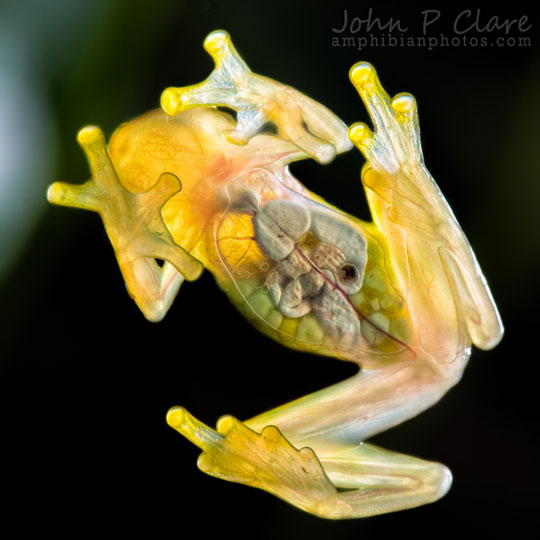
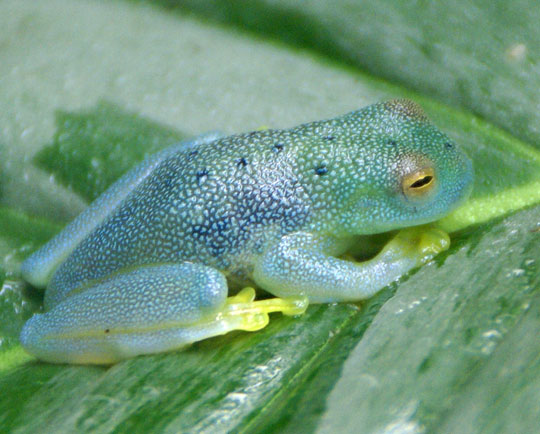
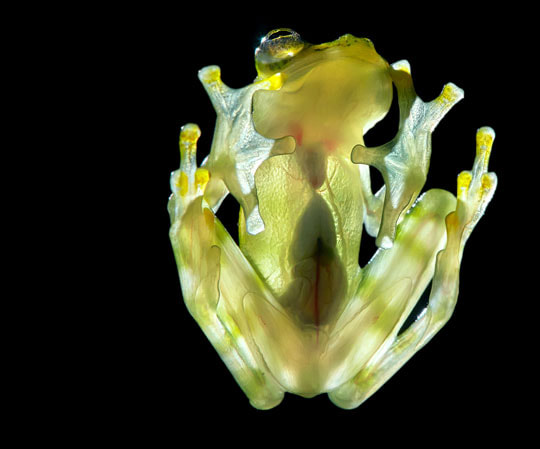
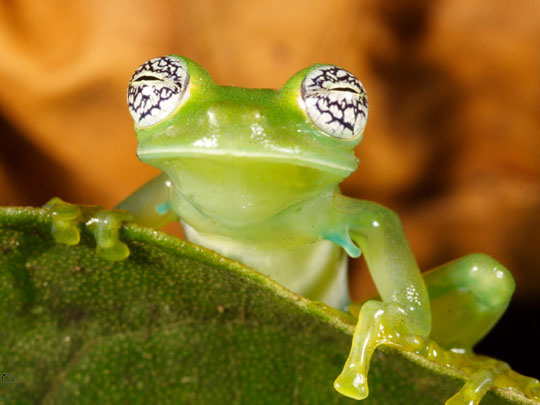
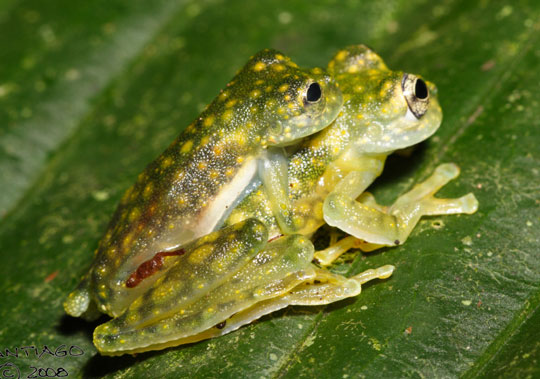
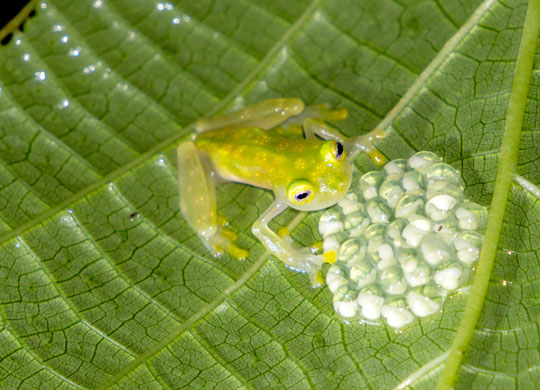
 RSS Feed
RSS Feed